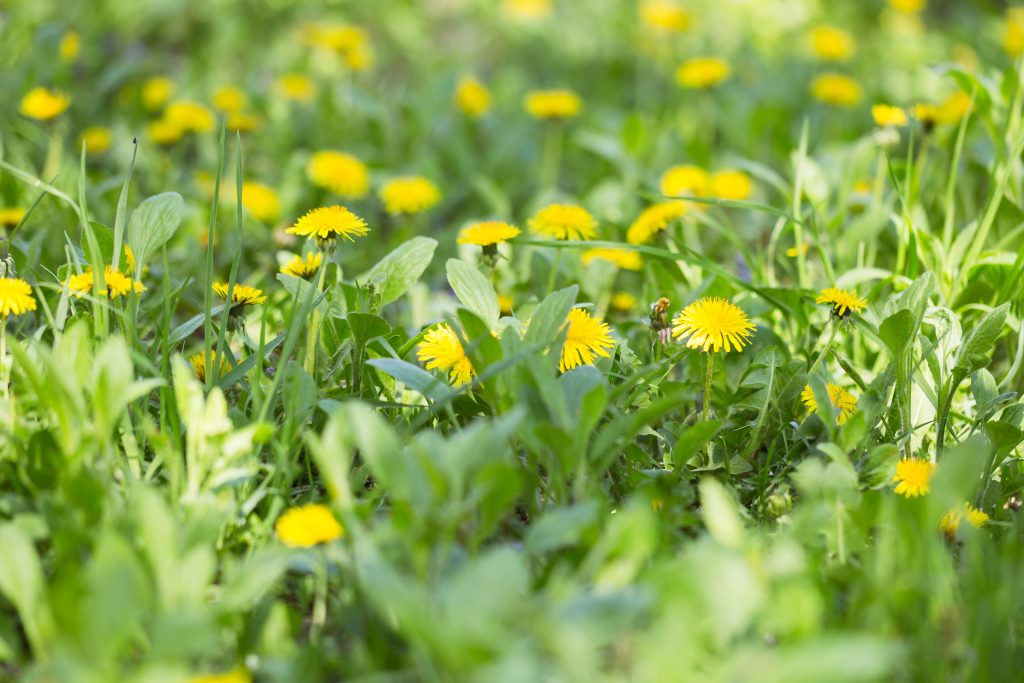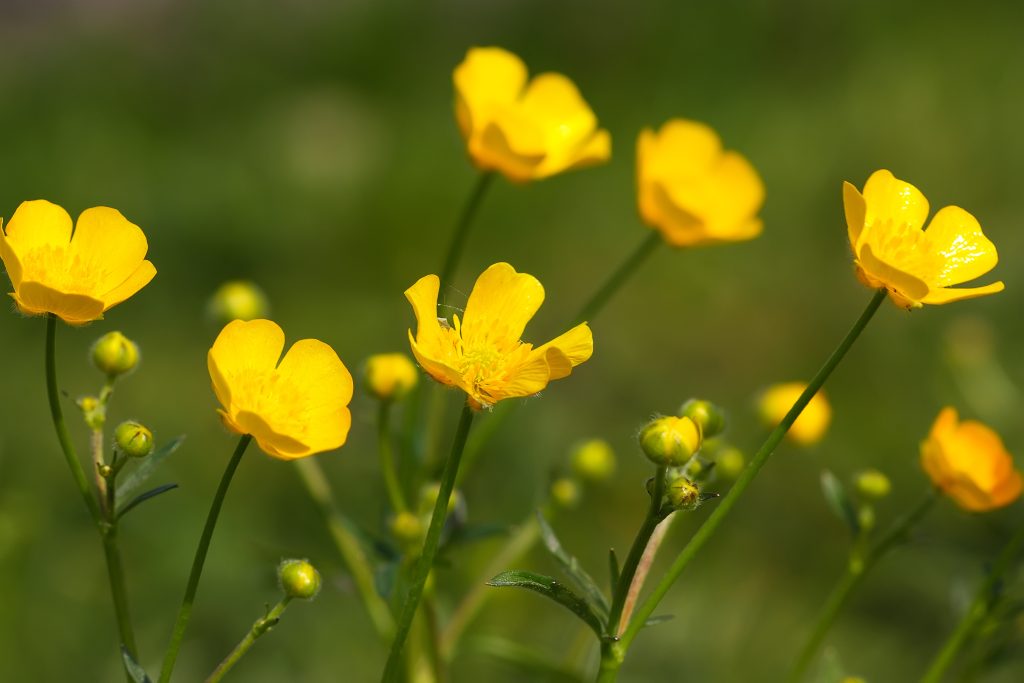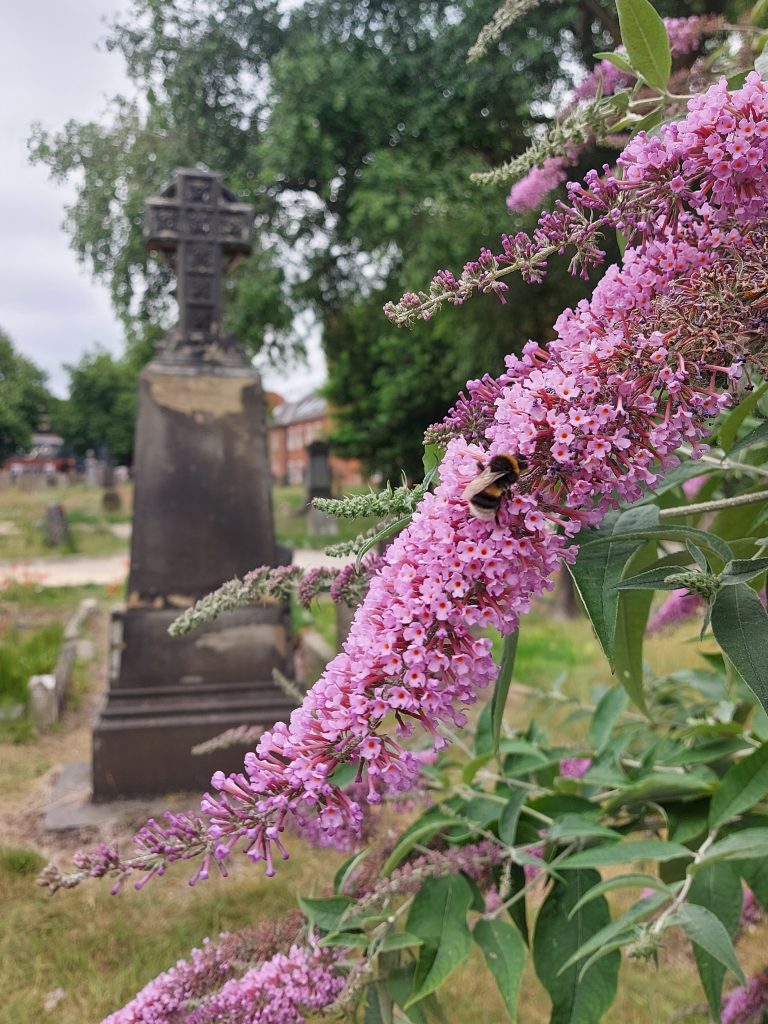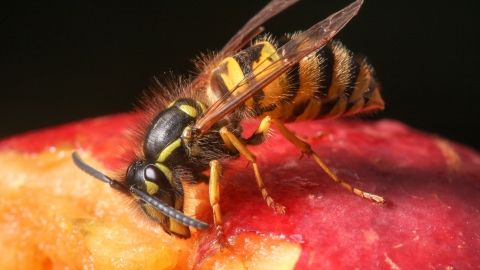Watch this video to learn about why wildflowers are important:

Wildflowers from the film:
Red clover (trifolium pratense)
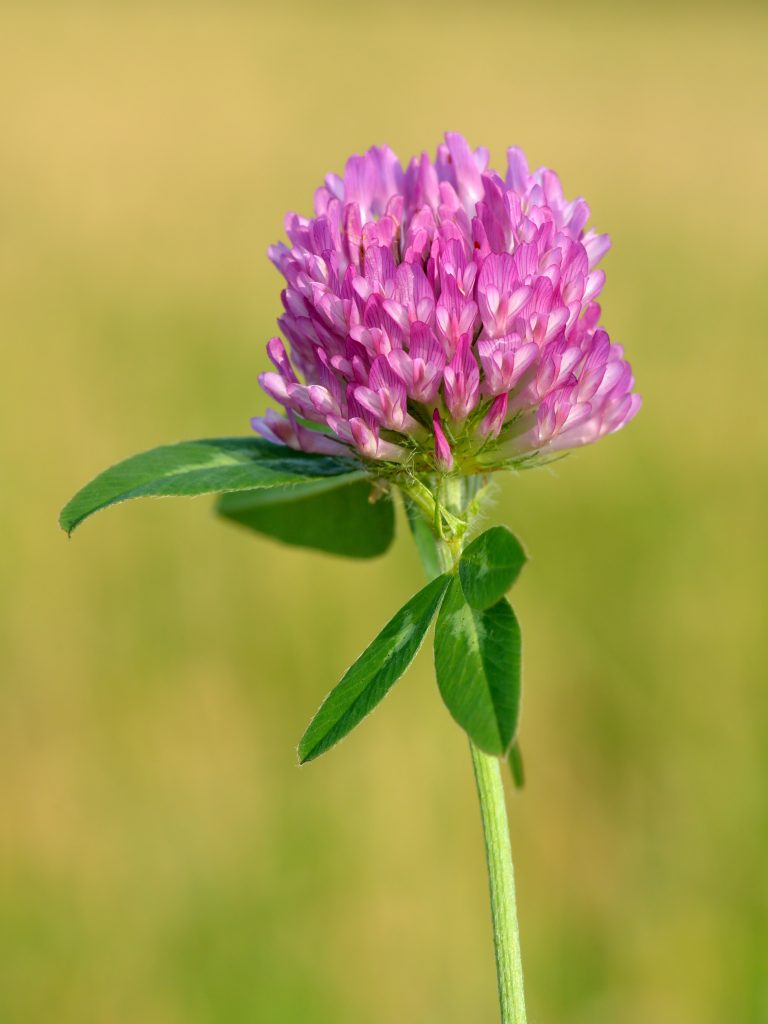
Trefoil (3 part leaves) with a white v shaped mark, pinky-red round flowerheads.
Red clover is a common plant of all kinds of grassy areas in the UK, from lawns to pastures, roadsides to meadows. This plant helps fix nitrogen and enrich soil. The flowers which appear from May to October, are sought after by all kinds of bumblebees for their nectar.
lady’s bedstraw (galium verum)
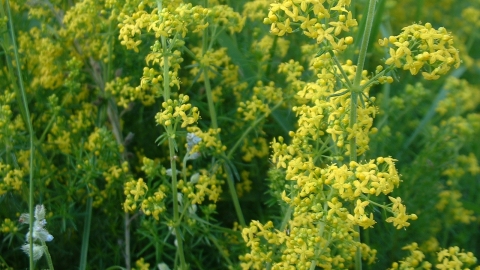
Lady's bedstraw has small, narrow leaves and the stems carry frothy heads of tiny, yellow flowers that appear in dense clusters. This plant has a beautiful scent like honey and can be found on grasslands, meadows, heaths and sand dunes. They flower from June to September and the stems can be so dense with flowers that they look like a yellow carpet. In the past, this sweet-smelling plant was dried and added to straw mattresses.
Musk mallow (malva moschata)
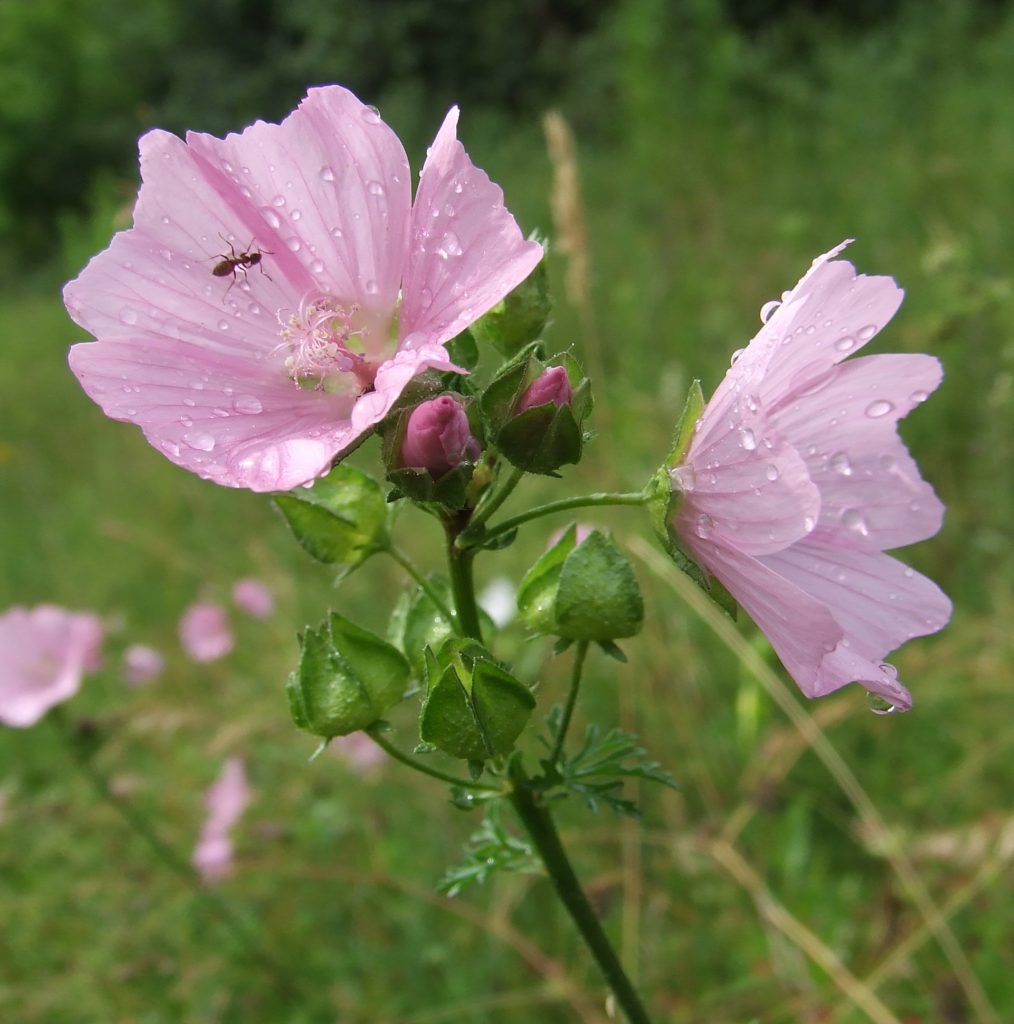
The delicate pale pink flowers are saucer shaped and have 5 petals with darker pink veins. They have a musky smell which gives the plant it’s common name. It has hairy stems and leaves. It grows on roadside verges and field edges, and in hedgerows, pastures and churchyards. It favours dry places and flowers in July and August.
Meadow crane’s bill (geranium pratense)
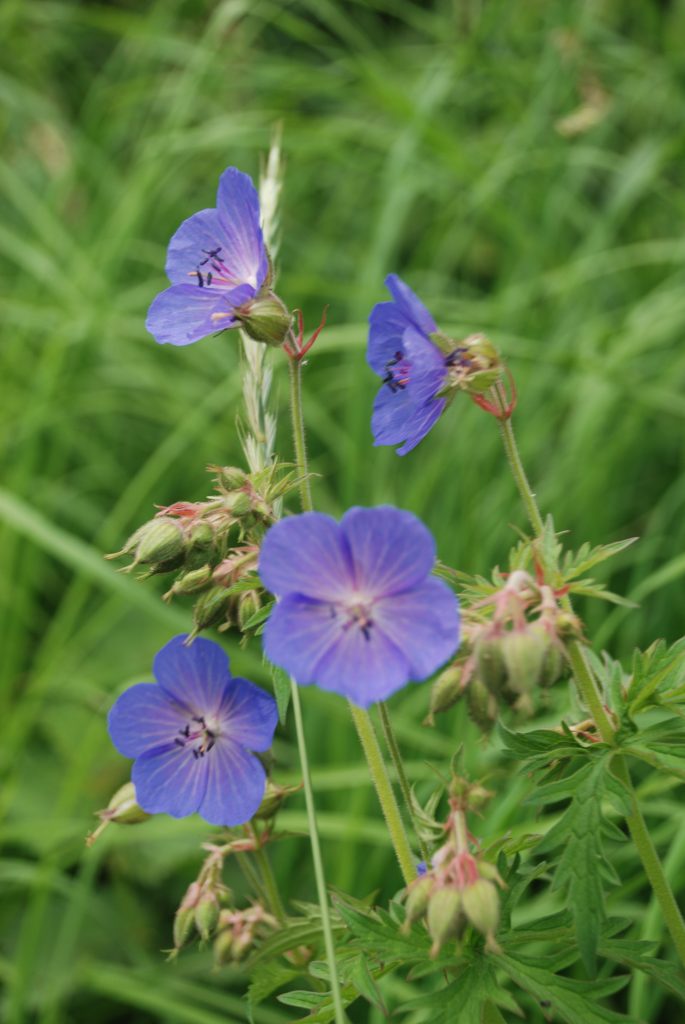
This plant has large purple flowers and pointed seed pods which look like a crane’s bill. It grows in clumps and has lobed leaves. It likes sunny spots in hay meadows, roadside verges and grasslands and flowers between June and August.
Yarrow (achillea millefolium)
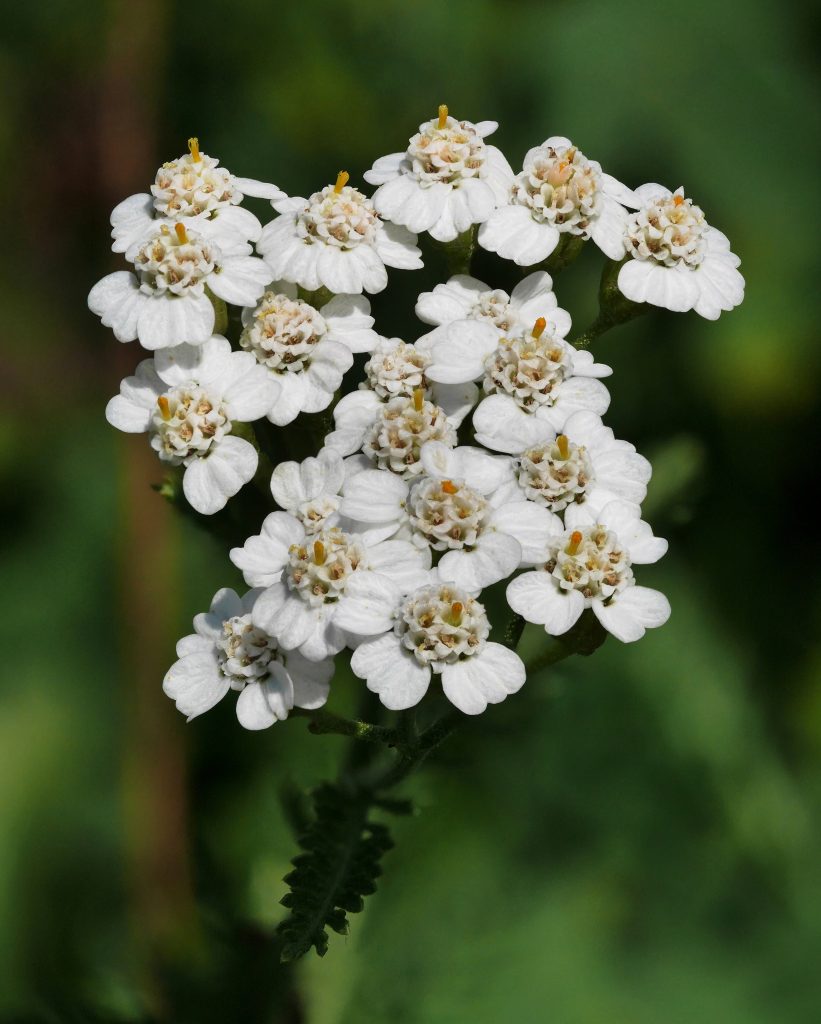
Yarrow has dark green feathery leaves and flat topped clusters of white flower heads. The centres are yellowish and the florets are white or pinky-white. Yarrow is a tough plant, found in many grasslands including lawns, verges and meadows. It has a strong smell and flowers from June to November.
Oxeye daisy (leucanthemum vulgar)
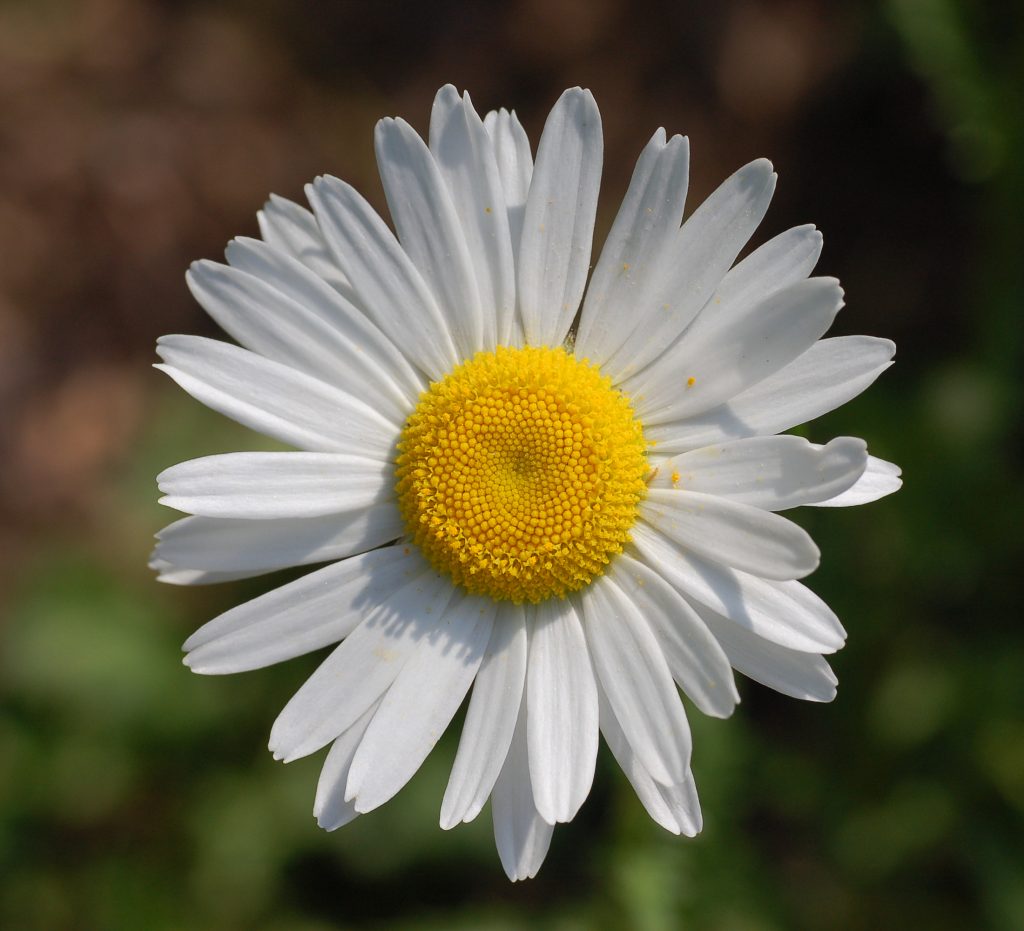
Large round yellow and white flowerheads on single tall stems make this flower easy to spot. It flowers from July to September and is a typical grassland plant, found everywhere from roadside verges and waste ground to traditional hay meadows.
Other common wildflowers you can spot in the cemeteries
Common Daisy (Bellis perennis)
A very common flower found widely in gardens, parks and other areas in short grass.
The leaves are spoon shaped and lie flat to the ground. A single stem carries a flowerhead about 10cm tall with a yellow disc of florets in the centre and white florets around the edge.
Common Dandelion (Taraxacum officinale)
Widespread in gardens, parks and farmland all over the country. The leaves are long and many lobed. The thick round stem has milky sap inside and carries a yellow flowerhead full of closely packed florets. The seed heads are round and made up of lots of fluffy seeds which disperse in the wind.
Meadow Buttercup (Ranunculus acris)
Common wildflower found in meadows, parks, gardens and at woodland edges which likes damp soil. The flowers are yellow with 5 shiny petals and can be found from April to October. The stems are quite tall and the leaves are rounded and divided into up to 7 lobes.
Suggested activities
In the classroom
Create a wildflower meadow for your wall, use colouring pens, paint or collage to create your display. You could even add some pollinating insects flying about in your meadow! Label the plants and insects so everyone who sees the display can learn about them.
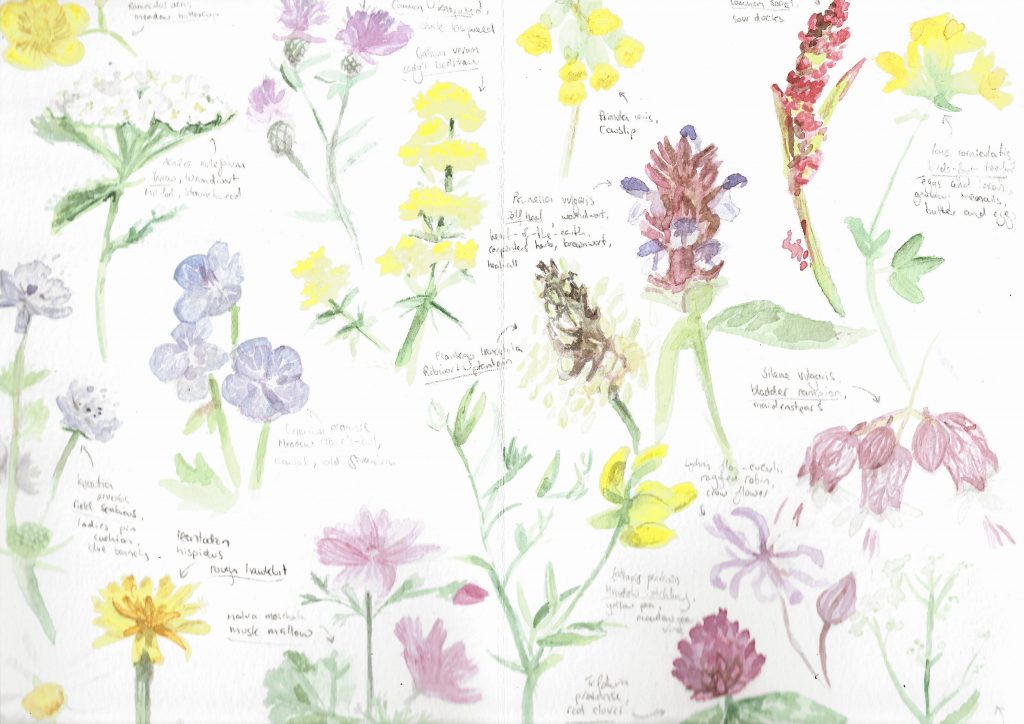
Painting by Emily Doyle
Make seed bombs. Collect wildflower seeds when out and about or order them from a reputable stockist to make your own DIY seed bombs. Make sure you get permission to seed bomb your playground or garden, and only use native plants.
In the cemeteries
Go on a hunt for pollinators – you might see butterflies and other insects sunbathing on gravestones or bees and hoverflies buzzing around the flowers.
The areas of Warstone Lane Cemetery marked on this map are designated wildflower areas, so you’ll find lots of different flowers here, but check in other areas too as some plants like shade or dry soil and so grow in only a few places.
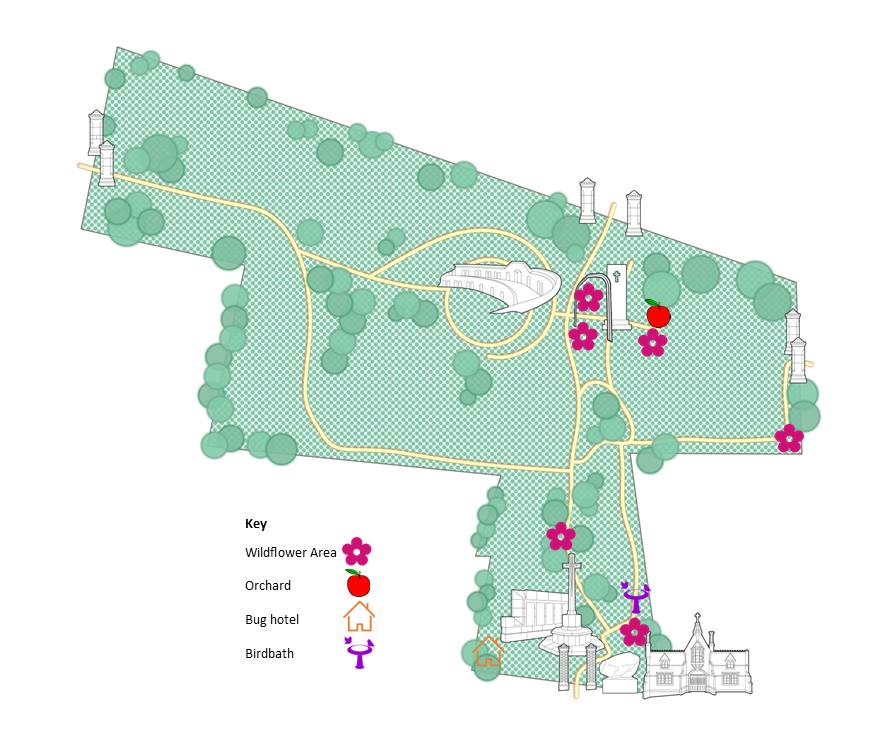
Make a note of any insects you spot (you can describe them, take a photo or draw a picture if you don’t know the species name), where you see them and what they are doing.
You can be citizen scientists and upload your records to the iNaturalist app, or EcoRecord website to help build a picture of the wildlife living in your area.
Pollinators
Common Carder Bee
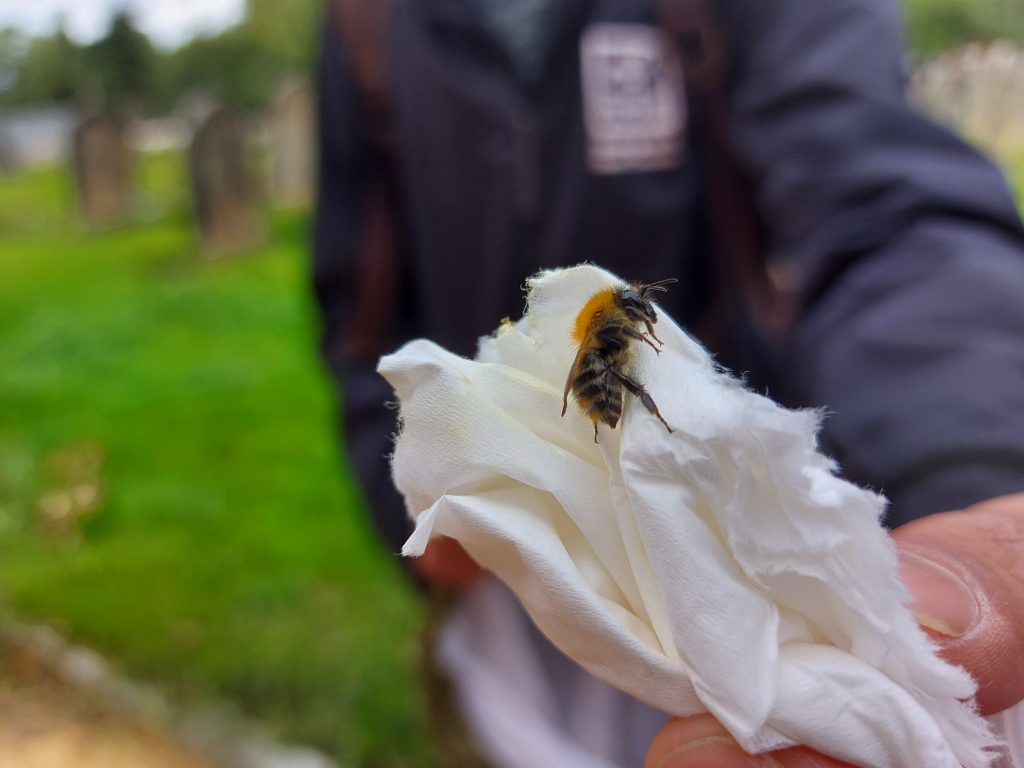
Common carder bees are one of a small group of bees which like to nest in tall tussocks in grass. They are the smallest bumblebee that we get in the UK. It’s one of the only brown coloured bees what we see in Birmingham and the Black Country. They are small, brown and furry and can be seen throughout the whole year.
Hoverfly

There are over 250 species of hoverfly in the UK and they are really good pollinators – second best after bees. They are part of the family Syrphidae and many species are migrants, travelling long distances and even pollinating plants between different countries.
Broad centurion soldier fly
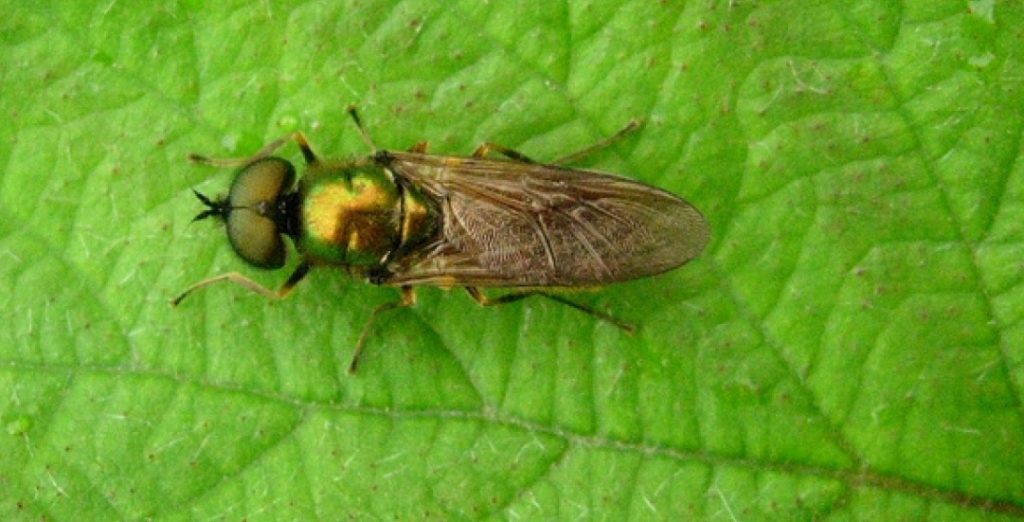
We have around 150 species of soldier fly in the UK and they like wet conditions. Many of them are quite rare because they have very specific ecological preferences and lifecycles closely tied to wet meadow areas, but old graveyards and cemeteries in urban areas. The are some of the most beautiful and colourful flies we get in the UK.
White Tailed Bumblebee (Bombus lucorum)
A common sight from March to November which can be found anywhere there are flowers to feed on. They live in colonies lead by a Queen who emerges from hibernation first in the Spring. They are fluffy with black with to lemon yellow stripes and a white ‘tail’. There is another similar species- the buff-tailed bumblebee, for example, has black and dull yellow bands, and a buff-coloured tail, instead of a bright white one.
Common wasp (Vespura vulgaris)
Despite their unfortunate reputation, wasps are actually important pollinators and pest controllers. They live in nests made from ‘paper’ which the Queen makes by chewing on wood! They feed on nectar, rotten fruit and will be attracted to a sugary picnic. They have a yellow and black striped body with a narrow ‘waist’ where the thorax and abdomen meet. The pattern of stripes on their face looks like an anchor.
As well as pollinators, you can look out for other minibeasts in the cemeteries including ladybirds, butterflies, moths, worms, spiders, snails and woodlice. Can you learn what roles they play in the ecosystem?


